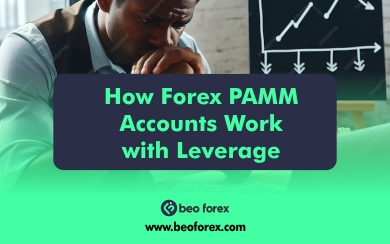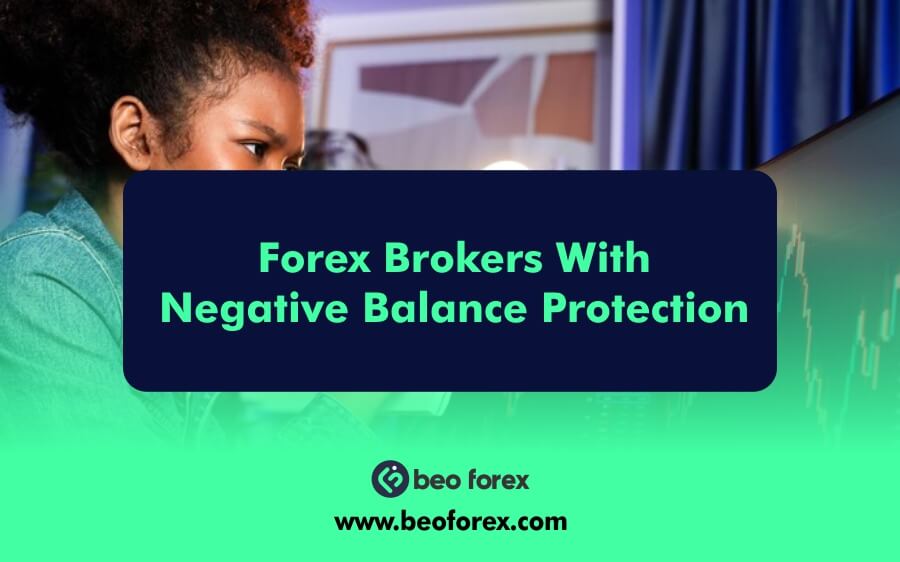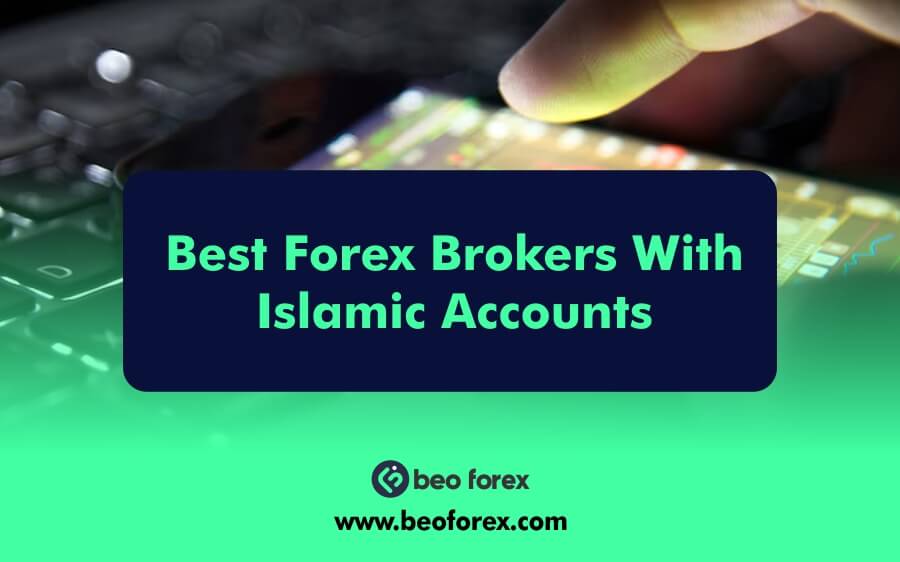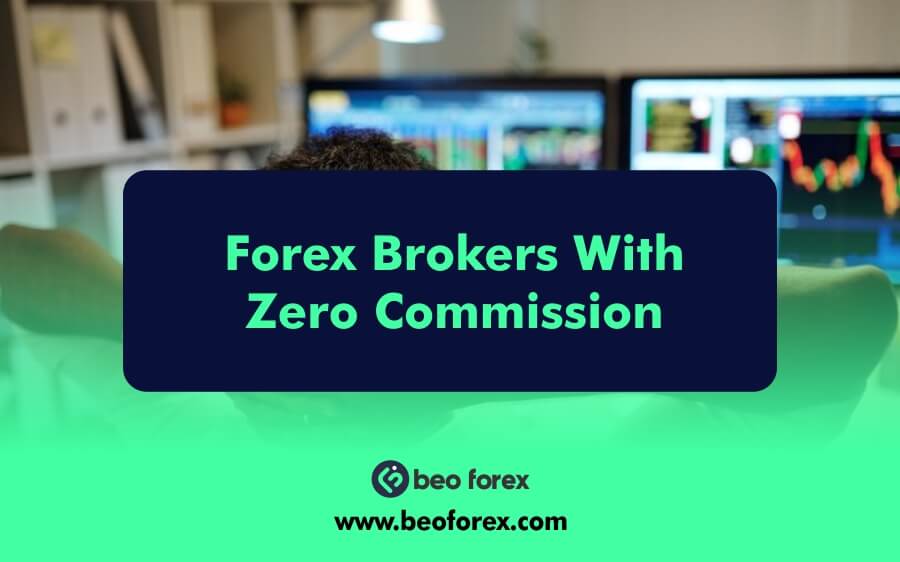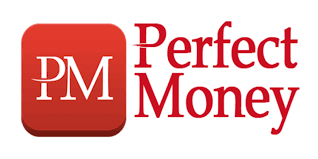How forex PAMM accounts work with leverage is a critical concept for investors to maximize the trading potential of the forex market. What is important to note regarding PAMM accounts-percentage allocation management module-is that this investment tool simply allows investors to entrust their funds to professional traders who manage their investments on their behalf. Among the main characteristics of a PAMM account is the application of leverage, which may positively influence returns, and increase all risks. Understanding how leverage is applied within a PAMM account will form the bedrock for any investor to be in a good position where he tries to maximize his or her trading strategy with minimal adverse effects.
In this article, we will delve into the details of PAMM accounts, how leverage works within such a system, and its respective pros and cons. At the end of this, one would have learned how to go about working with PAMM accounts and leverage in making their trading experiences as smooth as possible.
Understanding PAMM Accounts
Forex trading has become very popular nowadays, involving many experienced traders along with beginners who seek to enter the financial markets. One of the advanced trading options available to investors in the forex market is the PAMM forex account. PAMM is the abbreviated form of Percentage Allocation Management Module. It is a unique and convenient way for traders to invest in the forex market. In this article, you will learn about all the basics in order to understand PAMM forex accounts, should you be a total beginner in the field.
Definition of a PAMM Accounts
A PAMM account is an investment account where the investor’s capital is managed by a professional trader, or PAMM manager, who executes trades on their behalf. This setup combines the benefits of managed trading with individual investment flexibility, making it appealing to both novice and experienced traders.
How PAMM Accounts Work
- Choosing the PAMM Manager: The first thing that an investor does is choose a PAMM manager to which he will provide his funds. Deciding upon one involves analyzing performance history, the risk management strategy, and the overall trading approach. Most forex brokers provide comprehensive profiles of PAMM managers, making it easier on the part of the investor to make a decision.
- Investment Allocation: Once you have selected your PAMM manager, you go ahead to create an investment account and assign the amount you want to invest in it. This investment amount will bring out your proportion in the PAMM account and be distributed accordingly in case of profit or loss.
- Trading Activity: With pooled funds from all investors, the PAMM manager enters the forex market. His trading decisions carry full responsibility for any profit or loss to be expected. It is important to note that a manager’s own funds are similarly invested in the PAMM account and bring his interests into line with those of the investors.
- Distribution of Profit: The profits or losses derived from the PAMM account are given out to investors over regular periods, which can be monthly or quarterly. This will be in direct proportion to the share of investment each individual has in the account. For example, if an investor allocated 10% of the total investment, then 10% of the profit or loss belongs to that investor.
Benefits of Using PAMM Accounts
1. Professional Management
It allows novices to benefit from professional traders’ experience and expertise through a PAMM account. The PAMM manager is supposed to make conscious decisions in trading and bring maximum profit for all investors. This relieves the investors from having great knowledge about the forex market or the trading strategy involved in it.
2. Diversification
Many beginners can invest in one PAMM account and, at the same time, diversify their investments across many currency pairs and trading strategies. This is done to reduce risks in case one trading approach happens to go bad. Another thing is that PAMM accounts usually contain several investors, meaning additional diversification of the investment.
3. Transparency
PAMM accounts guarantee that any reporting and performance history concerning the managers of the PAMM accounts will be as transparent as possible. The performance, trading activities, and risk management strategies employed by the managers are fairly easy to track for any investor. This transparency ensures that investors will know everything they need to know before making the investment decision.
4. Flexibility
PAMM accounts are very flexible, especially regarding the size of investment and withdrawal options. Further, investors can invest a relatively small amount of money in the beginning and scale up their allocation once they get confidence that the performance of the PAMM manager is good enough. Besides, practically all PAMM accounts provide the opportunity for investors to withdraw funds at any moment. This gives them liquidity and flexibility.
Definition of Leverage
Forex trading leverage means using the borrowed funds to increase the size of the trading position. With leverage, one can trade by taking control of a larger amount of currency with a smaller investment. Assuming any given ratio of leverage, a trader is able to manage a $100,000 position with just $1,000 of his or her money.
How is leverage used in forex?
Generally speaking, forex traders use leverage in order to open proportionally larger trading positions than would have been possible using just their own account balance. Some traders might use leverage in order to minimize the amount of their margin balance used for a given trade. Other forex traders might use their entire margin balance to maximize the size of their trade and, hopefully, greatly increase their profit potential.
Risks of Using Leverage
Although using a Forex trading account offers significant rewards, the practice of leveraging involves a high degree of risk. Leverage is extremely rewarding in instances where there are small movements in the market; unfortunately, this also amplifies losses. Thus, even if the position happens to turn out wrong, traders may still suffer substantial losses on account of its higher exposure to risk. Following are some more risks related to leverage:
1. Magnified Losses
Leverage can of course work both ways, increasing losses just as much as gains. A small unfavorable price movement may bring in huge losses, and if not well managed, it may turn out even bigger than what you initially invested into. Using 100:1 leverage, a 1% drop in price will translate to a $10,000 loss on a $10 000 position.
2. Margin Calls
Trading with leverage means borrowing money, and brokers require a sum of capital to be put up as collateral, known as margin. If your losses approach or exceed this margin, you are in line for a margin call to deposit more funds to maintain such a position or suffer the forced liquidation of that position. Margin calls are financially discouraging and disrupt your trading strategy.
3. Emotional Stress
The pressure of maintaining leveraged positions can cause emotional stress leading to impulsive decisions. Traders often become overly anxious when there is a potential for big losses or overly confident when there are gains. This emotional roller coaster may drive uninformed impulsive trading decisions that are not in tune with any well-thought-out strategy and, more often than not, even result in further losses.
4. Poor Risk Management
High leverage interferes with the implementation of efficient risk management techniques. Traders should be very watchful while setting stop-loss orders and monitoring their positions to reduce potential losses. If not treated with care, leveraged trading may be disastrous in just a split second.
How Leverage Works in PAMM Accounts
Leverage in (PAMM) Percentage Allocation Management Module – accounts increases one’s ability to trade with several pooled investors’ funds. Within a PAMM account, the contributions by investors are managed through leverage by the PAMM, whereby one is able to have control over larger positions in trading, more so than direct capital could allow.
1. Applying Leverage in PAMM Trading
The managers of PAMM accounts usually apply the leverage ratio, for example, 1:100 or 1:500. This means that with $100,000 and 1:100 leverage, the manager can trade up to $10 million, allowing them to profit from even small price movements in the forex market.
2. Impact of Leverage on Returns and Losses
While leverage has the potential to boost profits, it tends to increase losses. For instance, when a $10 million position shows a 1 percent loss, an investor could register a $100,000 loss, which may be material to their capital. For this reason, strong risk management is important.
3. Risk Management Strategies
In order to manage leverage risks, skilled PAMM managers may place stop-loss orders, diversify trades, and monitor market conditions. Investors should take due care while selecting the managers with a demonstrated track record of prudent handling of leverage.
Advantages of Using Leverage in PAMM Accounts
- Increased Potential for Profit: The use of leverage by PAMM managers enables them to acquire larger positions and capitalize on the small market movements which may potentially bring higher returns to investors.
- Access to Larger Markets: Through leverage, PAMM managers can trade volumes that would otherwise be inaccessible with only the capital supplied by investors. This creates wider trading opportunities.
- Diversification: Leverage enables PAMM managers to spread investors’ capital across a range of currency pairs and trading strategies. This facilitates risk management and, hopefully, better returns.
- Leverage: Investors can get into much larger trades using a lot less initial capital, which otherwise would be required by those who have less capital to invest.
Disadvantages of Using Leverage in PAMM Accounts
- Greater Losses: Just as leverage multiplies profit, it also multiplies losses. An investor may find that even with a small, adverse movement in the market, he is suffering greatly financially.
- Margin Calls: In the case of an adverse movement of the PAMM manager’s positions, he may get margin calls to put in more funds to hold the trades. These result in the positions being automatically closed and, thus, loss for the investors.
- Increased Risk: Leverage does increase risk by nature, hence making the investment more volatile. One should be prepared for losses and possible fluctuations in capital.
- Dependence on Manager Skill: Success of leverage to provide return is greatly dependent on the skill and experience of the PAMM manager. Poor management leads to great losses.\
Best Practices for Investors in PAMM Accounts Using Leverage
1. Select Managers with Experience in PAMM Operations
Engage sub-account managers who have experience in managing leveraged trading. Research their performance history, risk management practices, and previous forex market experience.
2. Know the Risk
Understand leverage: how it works and the risk involved. Remember that just as it might extend your profits, it will increase your potential losses.
3. Investment Diversification
Never invest all of your money in a single PAMM account or into an account of one manager. Diversification among several accounts may help reduce risk and increase the average return on investments.
4. Regular Monitoring
Be in a position to observe the performance of your PAMM account regularly. Periodically go through the manager’s trading strategy, drawdowns, and general health of the account to ensure that it remains in line with your investment goals.
5. Definition of Clear Investment Goals
Before making the investment, write out what risk you can tolerate, how long you want to invest, and what returns you expect. Having clear goals will be helpful to understand whether a PAMM account can fit in your needs.
6. Be Prepared for Volatility
Realize that with leverage comes increased volatility in your investment. Prepare yourself psychologically and financially for swings in account value.
7. Employ Risk Management Tools
Instruct your PAMM manager on how to use risk management tools such as stop-loss orders and position sizing to prevent excessive losses.
8. Keep Your Finger on the Pulse
On top of market conditions, watch all economic news that may influence currency prices. Awareness will help you make prudent investment decisions.
9. Fees and Costs
Be aware of fees associated with PAMM accounts, such as management fees and performance fees. Knowledge of the cost structure is a must when determining overall profitability.
10. Communicate with Managers
Maintain good relations with your PAMM manager. Ask about their strategies and how any kind of market fluctuation may change their trading decisions.
Frequently Asked Questions (FAQs)
Can I select the leverage in my PAMM account?
- The size of the leverage is normally determined by the PAMM manager in accordance with his trading strategy and what the broker offers. Investors cannot independently adjust the leverage level of their accounts.
How can I track the performance of my PAMM account?
- Most brokers also allow access to performance metrics, including account balance, profit/loss statements, and historical trading performance. Ongoing review of these reports will help determine the effectiveness of the manager and the health of your investment overall.
Are there any fees with a PAMM account?
- Yes, there could be different fees charged to the PAMM accounts. There is a management fee, which is a certain % of the invested capital, and performance fees, which consider part of the net profits derived. Always proceed with caution when deciding on an investment and always read the fee arrangement related to your proposed investment.

